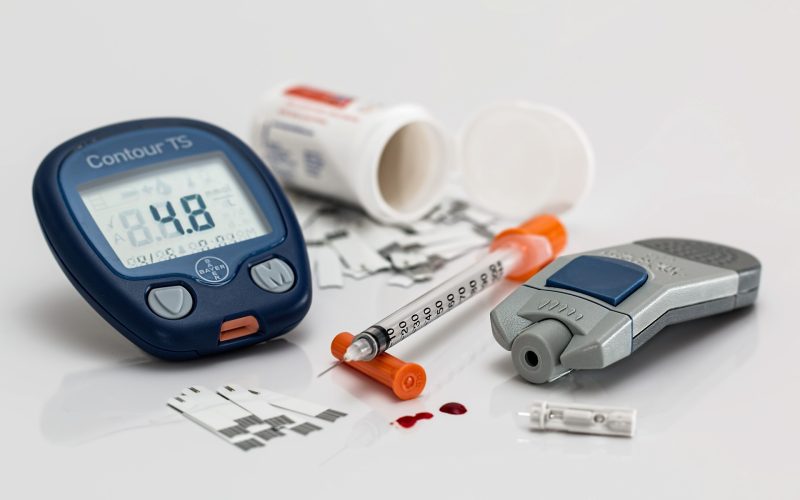Understanding the Link
Walking, a seemingly simple activity, has garnered significant attention in recent years for its potential health benefits. Among these benefits, researchers have explored the relationship between walking pace and the risk of developing diabetes. While the association may not be immediately apparent, studies suggest that the speed at which one walks could play a crucial role in mitigating the chances of developing this chronic condition.
The Role of Physical Activity in Diabetes Prevention
Physical activity is widely recognized as a cornerstone in the prevention and management of diabetes. Engaging in regular exercise helps regulate blood sugar levels, improve insulin sensitivity, and promote overall cardiovascular health. Walking, in particular, is often recommended as a low-impact exercise that people of all ages and fitness levels can incorporate into their daily routine.

Understanding Walking Speed
Recent research has delved into the importance of intensity when it comes to reaping the full benefits of physical activity. While any form of movement is beneficial, studies indicate that higher-intensity activities may offer additional advantages, particularly concerning metabolic health. This has led scientists to investigate whether the pace at which one walks could influence their susceptibility to developing diabetes.
Studies on Walking Pace and Diabetes Risk
Several studies have examined the association between walking pace and the risk of diabetes, yielding compelling findings. A study published in the British Journal of Sports Medicine found that individuals who reported brisk walking had a significantly lower risk of developing type 2 diabetes compared to those who walked at a slower pace. Similarly, research published in Diabetologia revealed a dose-response relationship, suggesting that faster walking speeds were associated with progressively lower diabetes risk.
Mechanisms Behind the Link
The exact mechanisms underlying the relationship between walking pace and diabetes risk are not fully understood. However, researchers propose several hypotheses to explain these findings. One theory suggests that faster walking speeds may improve glucose metabolism and insulin sensitivity to a greater extent than slower-paced walking. Additionally, brisk walking has been linked to enhanced cardiovascular fitness, which could indirectly reduce the risk of diabetes by improving overall health.
Implications for Public Health and Policy
The implications of these findings are significant for public health initiatives aimed at diabetes prevention. Encouraging individuals to increase their walking pace, even by small increments, could potentially yield substantial benefits in terms of reducing diabetes risk. Furthermore, incorporating strategies to promote brisk walking into urban planning and transportation policies may help create environments conducive to physical activity.
Practical Tips for Increasing Walking Pace
For those looking to enhance their walking speed and potentially lower their diabetes risk, several strategies can be implemented:
1. Set Goals and Track Progress
Establishing specific walking goals, such as increasing speed or distance, can provide motivation and a sense of accomplishment. Tracking progress using a pedometer or fitness app allows individuals to monitor their improvement over time.
2. Incorporate Interval Training
Interval training involves alternating between periods of high-intensity activity, such as brisk walking, and periods of rest or lower intensity. Integrating intervals into a walking routine can help boost overall fitness and improve walking speed. Explore More About (Vision Lose)
3. Focus on Proper Form and Technique
Maintaining proper form while walking can contribute to increased speed and efficiency. This includes swinging the arms, engaging the core muscles, and taking purposeful steps with a heel-to-toe motion.
4. Gradually Increase Pace
Rather than attempting to walk at a fast pace immediately, gradually increase speed over time to avoid overexertion or injury. Start by incorporating short bursts of faster walking into regular outings and gradually extend the duration as fitness improves.

Walking Speed and Diabetes Risk
| Walking Speed | Diabetes Risk Reduction |
|---|---|
| Brisk Pace | Significant decrease |
| Moderate Pace | Moderate decrease |
| Slow Pace | Minimal decrease |
Conclusion
In conclusion, the evidence suggests that walking faster may indeed lower the chances of developing diabetes. By understanding the link between walking pace and diabetes risk, individuals can take proactive steps to incorporate brisk walking into their daily routine. Through public health initiatives and personal lifestyle choices, we can harness the power of walking to promote better metabolic health and reduce the burden of diabetes in our communities.










